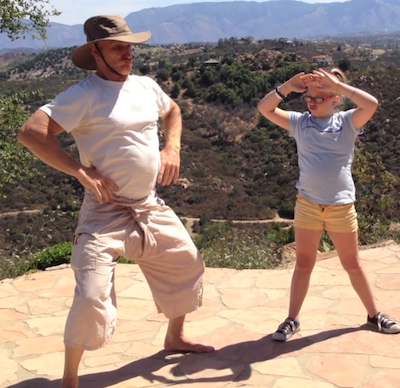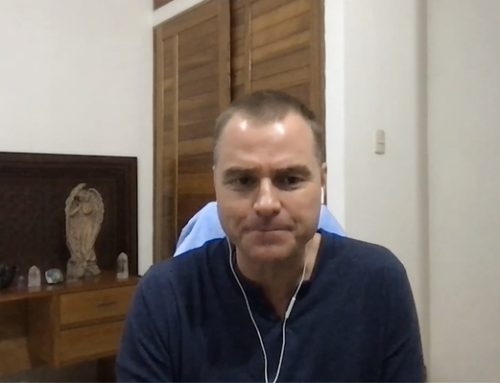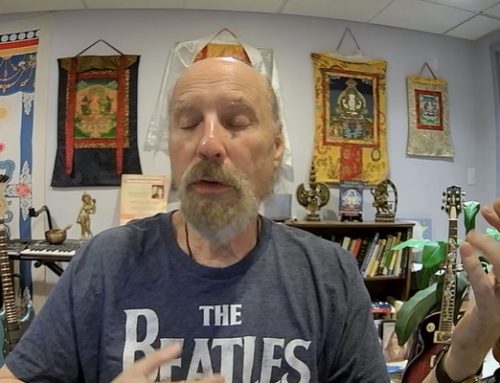Happy Tuesday to you!
Now that I have a new blog system that is more functional than my old one, I will be doing much more vlogging (video blogging). As you can imagine my life is quite full so it will be more efficient for me and more information dense for you.
Today, I’d like to share with you a few minutes of me teaching Vidya’s granddaughter April how to breathe.

Too many children today have faulty breathing patterns which can negatively affect both the child’s psychology and physiology. Unfortunately, breathing issues, with their profound impact, are seldom recognized by even the most elite doctors, nurses, therapists or physical trainers.
Teaching a child how to breathe properly and practicing regularly with them could save you a life of unwanted nagging ailments that are uncomfortable for both parent and child – especially long term.
Once you have identified that a child has a faulty breathing pattern and have restored the breathing, it is important to pay close attention so that you recognize the stressful events that influence that child’s breathing.
Most faulty breathing patterns are linked to situations where the child feels threatened or is overwhelmed by fear. Many of these situation are not perceived by adults because they have become conditioned to them.
For example, a dog growling and showing its teeth may not trigger fear in the child’s mother or father who has a familiar relationship with the dog. Yet to a child, this experience could be very scary.
Identifying such an event by witnessing the changes in the child’s breathing allows us to become more aware of the what the child perceives as fearful.
The most important time for a parent to witness the child is when they themselves become the dog and it is their teeth that their child is seeing, but the child doesn’t understand; they feel the intensity of their parent’s emotion.
I hope you enjoy the video and I will share another soon!
Love and chi,
Paul Chek





